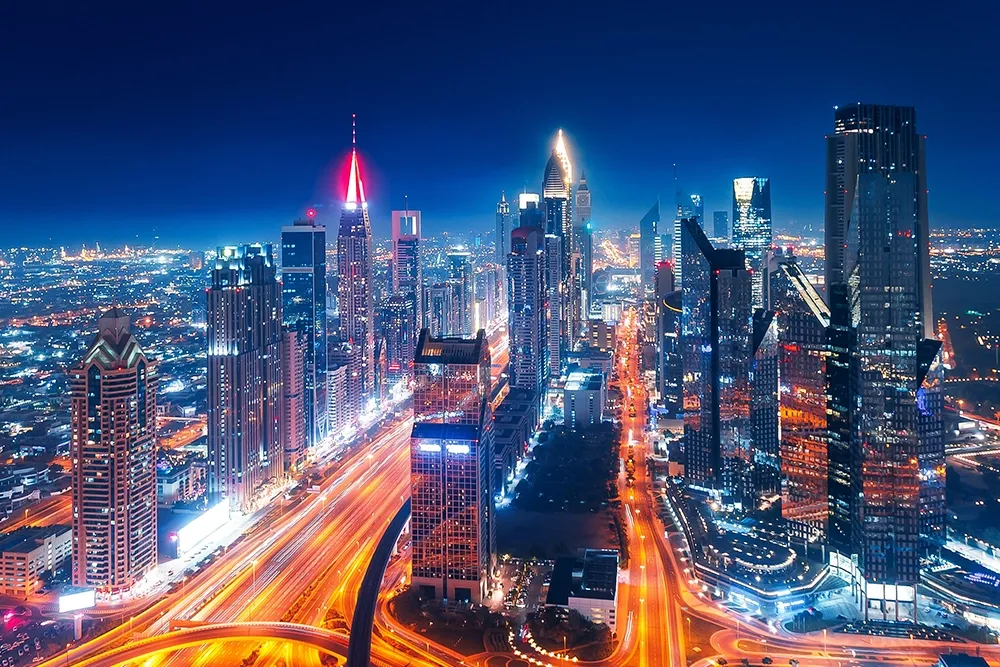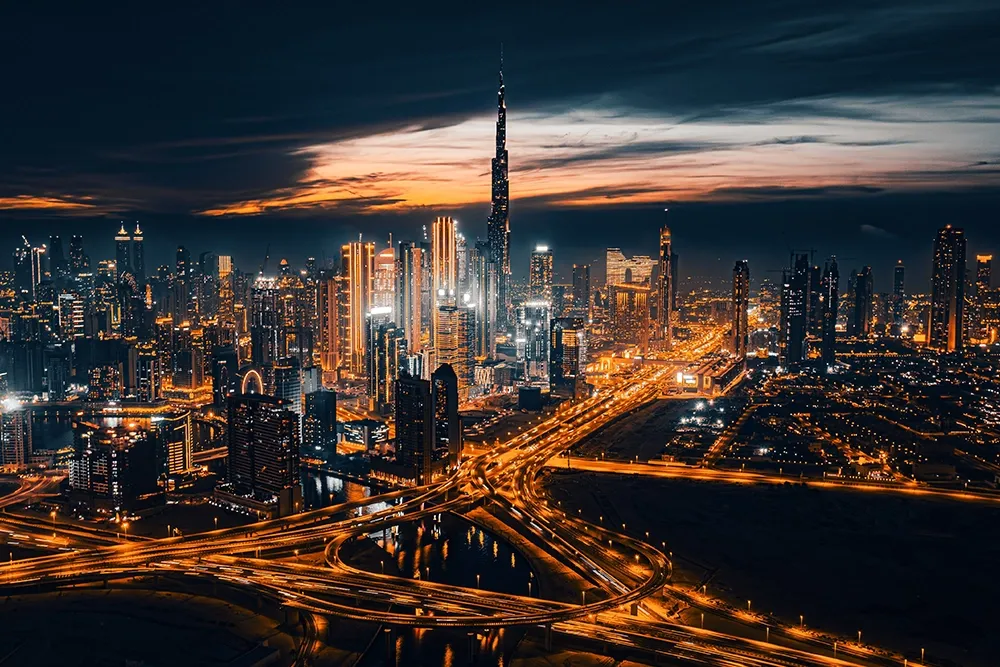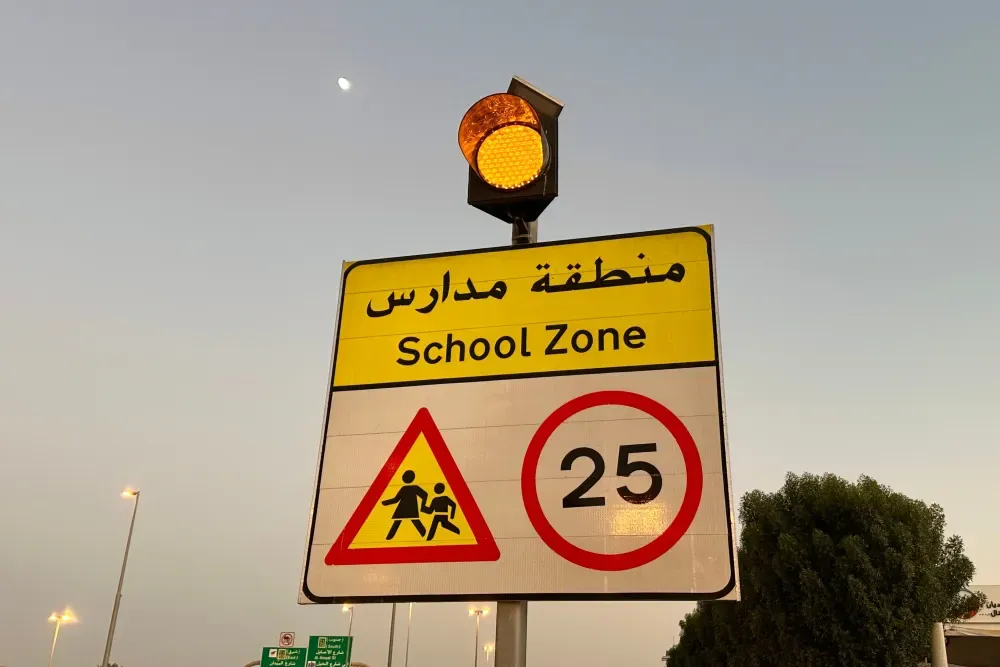The United Arab Emirates has become a global benchmark for modern infrastructure, and its roads are no exception. The highways in the UAE are not just strips of asphalt, but highly engineered networks designed to connect seven emirates seamlessly. If you are a daily commuter, a tourist exploring the country, or a logistics company moving goods, the UAE’s road system plays a vital role in your journey.
In this guide, we will look at the major UAE highways, explore the E11 road name and its significance, understand why the E311 road name matters for commuters, learn about the Emirates Road Number (E611), and see how highways like E44, E66, E84, and E77 make travel faster and easier. You will also discover why upgrades to certain roads save time and money, what toll systems like Salik mean for drivers, and how traffic regulations make the UAE one of the safest places to drive.
By the end, you will have a clear understanding of what each road does, why it matters, and how to choose the best route for your needs.
The Importance of Highways in the UAE
The UAE’s rapid development required an efficient transportation backbone, and highways became the lifeline connecting key emirates like Dubai, Abu Dhabi, Sharjah, Ajman, and beyond. With over 4,080 km of roads and highways (UAE Ministry of Energy and Infrastructure, 2023), the country has invested billions into infrastructure that ensures economic growth, tourism, and daily convenience for millions.

Highways in the UAE don’t just connect places; they symbolize progress. Roads like Sheikh Zayed Road (E11) or Emirates Road (E611) are designed with international standards—featuring multiple lanes, intelligent traffic systems, and high safety ratings.
What is the Main Highway in the UAE?
The E11 road; the Sheikh Zayed Road, is the main and most famous highway in the country. Stretching for about 558 km, it runs from Al Silah near the Saudi border all the way to Ras Al Khaimah. It connects every major emirate along the coast, making it the busiest and most significant Dubai highway.
In Dubai, E11 Sheikh Zayed road transforms into the iconic road lined with skyscrapers, the Dubai Mall, and Burj Khalifa. In Abu Dhabi, it’s known as Sheikh Maktoum Bin Rashid Road, while in Sharjah and Ajman, it continues as Sheikh Muhammad bin Salem Road.
How Many Major Highways Are There in Dubai?
Dubai has several highways, but the most prominent ones include:
- E11 – Sheikh Zayed Road
- E311 – Sheikh Mohammed Bin Zayed Road
- E611 – Emirates Road
- E44 – Al Khail Road / Ras Al Khor Road (varies by section)
- E77 – Expo Road
In total, there are five major highways forming the backbone of Dubai’s transportation network, linking it with Sharjah, Abu Dhabi, and other emirates.
A Closer Look at Key Highways in the UAE
E11 – Sheikh Zayed Road
- Length - 558 km (the longest highway in the UAE)
- Importance - Connects all seven emirates, serving as the country’s main artery.
- Highlight - Known for Dubai’s skyline views and access to iconic landmarks.
E311 – Sheikh Mohammed Bin Zayed Road
- Length - 140 km
- Purpose - Acts as an alternative to E11 to reduce traffic congestion.
- Fact - Connects Dubai with Sharjah, Ajman, and Ras Al Khaimah efficiently.
E611 – Emirates Road
- Length - 110 km
- Role - Provides a bypass around central Dubai, especially for heavy trucks and long-distance traffic.
- Highlight - Connects Jebel Ali in Dubai to Ras Al Khaimah.
E44 – Al Khail Road / Ras Al Khor Road
- E44 road name - Al Khail Road in Dubai, Hatta Road beyond.
- Function - Connects central Dubai to Hatta near the Oman border.
- Technical note - Dual carriageway with intelligent transport systems to manage heavy traffic.
E77 – Expo Road
- Function - Connects Dubai to Expo City and Jebel Ali.
- Role in Tourism - Built to handle Expo 2020 traffic, now a key connector to Al Maktoum International Airport.
The Longest Road in the UAE
The longest road in the UAE is the E11 (Sheikh Zayed Road), stretching nearly 558 km. It not only connects all emirates but also forms part of the international Gulf Road, linking the UAE to Oman and Saudi Arabia.
The speed limit on E11 varies depending on the section:
- Abu Dhabi section: 140 km/h (the highest legal speed limit in the UAE).
- Dubai section: 100–120 km/h, depending on the zone.
- Sharjah & Northern Emirates: Usually 100–120 km/h.
Speed limits are enforced by radar systems, and Dubai alone has more than 8,000 smart radars and cameras monitoring highways (RTA, 2023).
Why Are Dubai Highways World-Renowned?
- Safety: Built with advanced materials, lane separators, and crash barriers.
- Technology: Equipped with AI-based traffic systems.
- Capacity: Multi-lane designs, some highways reaching up to 12 lanes in Dubai.
- Tourism Value: Offers easy access to attractions like beaches, malls, deserts, and mountains.
During Expo 2020, E77 and E611 handled over 200,000 vehicles daily without major delays, showing the efficiency of the UAE highway system.

The Meaning of “Emirates Road Number”
In the UAE, highways are designated by “E” followed by a number (e.g., E311, E611, E44). The “E” stands for Emirates, indicating it is part of the federal road network maintained by the Ministry of Energy and Infrastructure.
Driving through the UAE is not just about getting from point A to point B; it’s about experiencing a country designed for smooth, modern travel. From the bustling Dubai highways like Sheikh Zayed Road to the quieter stretches of Emirates Road, every route has a story. Whether you are a tourist renting a car for a road trip, a daily commuter, or a logistics operator, knowing the highways in the UAE—their names, numbers, and significance—will ensure you travel with confidence.
FAQs
- What is the main highway in the UAE?
The E11 road name is Sheikh Zayed Road, the busiest and most important road.
- How many major highways are there in Dubai?
There are five main ones: E11, E311, E611, E44, and E77.
- What is the longest road in the UAE?
The E11 (Sheikh Zayed Road) at 558 km.
- What is the speed limit on the E11 in the UAE?
It ranges from 100–140 km/h depending on the emirate.








